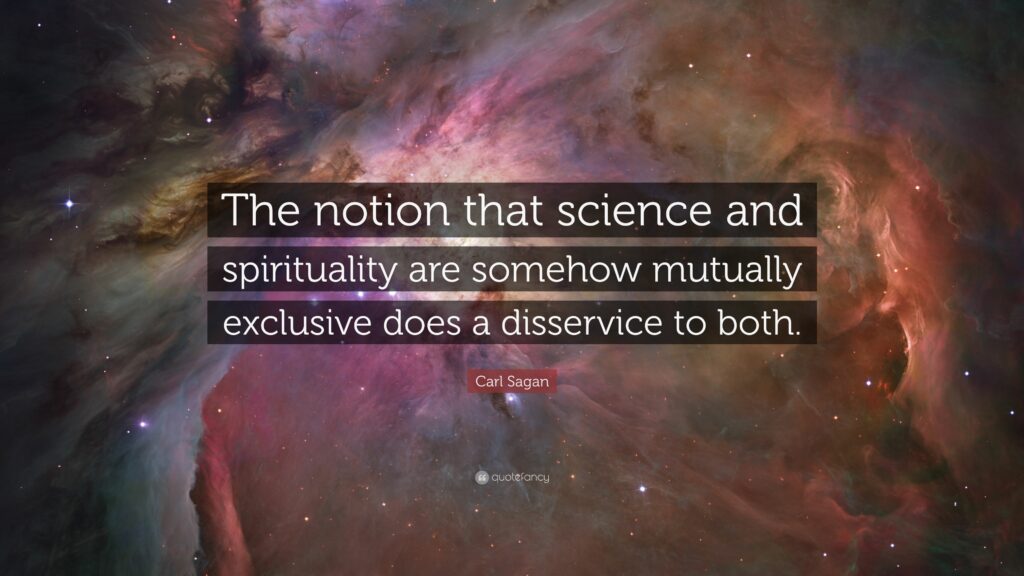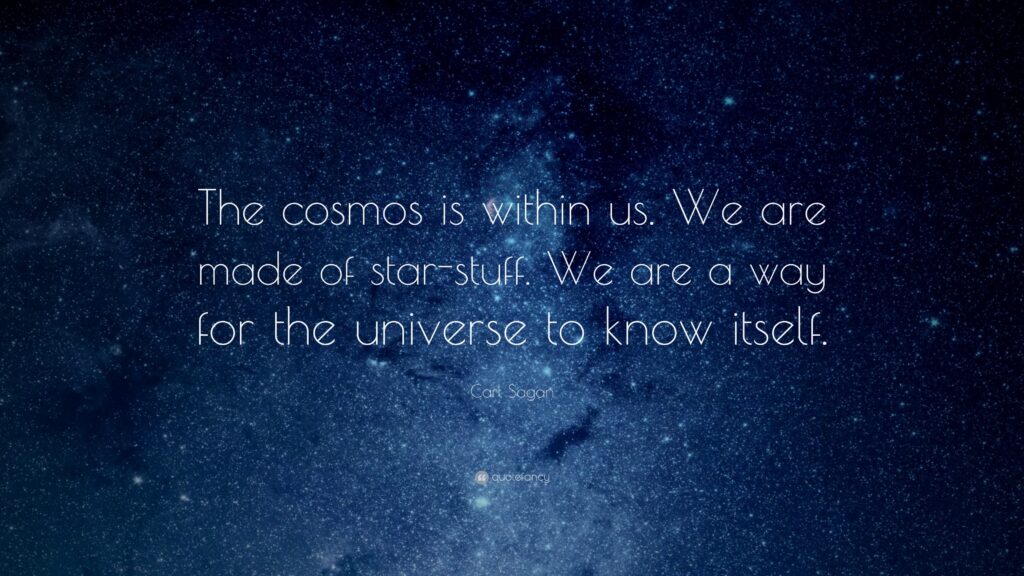Created April 12, 2024
Welcome to this week’s Bill Harvey Blog.

Consciousness is the subjective experience of receiving information.
In that sense, it is a verb.
Consciousness is also the “stuff” that has those subjective experiences (qualia). In that sense, it is also a noun.
What do I mean by “receiving information”? I define the information we, the consciousnesses receiving this post, receive, as: what comes in through the five known physical senses, plus the feelings/emotion, intellect, intuition, imagination, memory, subconscious, and whatever else we might have rattling around in there.
It is all information.
Physicist John Wheeler concluded late in his life that the underpinning to the Universe consists of information, which turns into things (“Its”) by following the instructions coded into the information (“Bits”).
In the beginning, there was the Word.
This all becomes simple and self-evident if the first object to exist was a single consciousness.
But wait, what do we mean by the “stuff” of consciousness? Of what stuff is consciousness made?
Are we talking about which specific brain cells consciousness resides in?
No. My theory is that consciousness pre-exists matter. The brain, being matter, interacts with consciousness but is not the original source of consciousness, in my view.
The “stuff” consciousness is made of is immaterial, pure information, data encoded in the formation it is in. For example, a vee formation of birds flying from your left to your right. By its vee formation, it conveys to you the information that birds are capable of understanding coordination with one another on some level. All information is a pattern of dots in one medium or another. The information can be passed along because of the specific formation it is being carried within. In-formation=information.
But passed along to whom? And by whom? And for what purpose? Why is this all happening?
One way it could have happened was that nothingness discovered it could send itself information. And that therefore it never really was nothingness. It was consciousness waiting to discover itself. With nothing happening, there was nothing to observe, except nothingness.
The first official act of nothingness emerging as consciousness was – I postulate – an act of imagination.
Although probably more of a feeling than words at that primordial event, the information passed along to itself was something like “what else could exist as well as all of this boring nothingness?”
Once consciousness learns all of what it can do with imagination, it evolves into US. All of us. Everything, all matter, all energy, all multiverses, all time, all space, all objects sentient by current era human definition and all objects not sentient by current era human definition.
It’s playing a game for the benefit of the information it is passing itself.
Everything exists to serve consciousness.
Yet on this fringe of the Milky Way outpost planet, the prevailing culture denigrates consciousness. It’s been ok for physics, the dominant science, to virtually ignore it for centuries. Skinner deemed it an epiphenomenon, not the decision maker it pretends to be.
Not all manifestations of consciousness have been equally denigrated. The way athletes and performers and artists and writers use their consciousnesses has been given value and appreciation. The intuition, subconscious, feelings/emotions, and especially the sense of spirituality, less so.
Most of us are afraid to act on our hunches until the opportunity is blown.
The universe is set up to receive information from itself, and the value which is its purpose is in the information received.
Along the way, stuff happens. In some backwaters the natives so misunderstand the nature of reality and how to literally make the most out of the opportunity, they live their lives in fear. Sound like anybody you know?
Why science took the road it did, centuries ago, to institutionalize a bias favoring the working hypothesis that the universe is material and accidental, we may never know. Perhaps it’s as simple as leaning away from the sense of there having been a Creator.
And yet one of our top physicists of all time, Albert Einstein, found accidentalism to be counter to his own intuition of a vast intelligence which Created the universe.
At any rate, wouldn’t it have been predictable, 300 years ago, when the materialistic accidentalism movement was only nascent, that if it ever became the unstated global cultural last word in science and philosophy, the human race would by then have become debased of nobility and exist in a hedonistic morally ambiguous state of terror?
What else could we become once brainwashed into believing that science has proven the universe to be an accident in which only the material world matters, consciousness is second class, and those with greater power can do what they want with the rest of us – at any moment, out of the blue.
The social and cultural implications of this side-road science chose hundreds of years ago have been tragic and have left our dominant view of the future to be one of dystopia.
Only by opening our minds to the other possibilities that scientifically exist, some of which suggest that the universe has a self-interest in us, since it is us, can we debias our own minds which have become infected with this pessimistic belief for which no empirical proof exists.
Only by debiasing our own minds to an epistemologically unbiased view of the truth, i.e., we have no idea what is really going on here, can we look around and start to collect unbiased evidence ourselves of whether we sometimes see a benevolence behind the scenes, if we sometimes do have excellent hunches that come true, if we do sometimes read other people’s minds. Once the mind is open to experience reality without rooting for one possible model over another, pragmatism can take control without needing optimism nor pessimism as locked-in requirements.
Life evermore is a possibility if the universe is a single consciousness. That would be experienced by us as still being conscious after bodily death, and having experiences quite unlike Earth, perhaps before adopting another material form on Earth or elsewhere, or an energy form someplace, or being joined directly into the Original Self.
This could be more fun than imagining WWIII or all of the other self-destruction scenarios with nonzero probabilities at the moment. Without the morbid accidentalism locked in, we can let ourselves work toward building utopia. Of course, the crowd will always mock idealists whenever possible, so maintain the pragmatist compass in order to be a proper role model inspiring others.
Tag line:
Let’s stay open to the Good.
Love to all,
![]()



 These are the times that test what we’ve got. Each of us…
These are the times that test what we’ve got. Each of us…